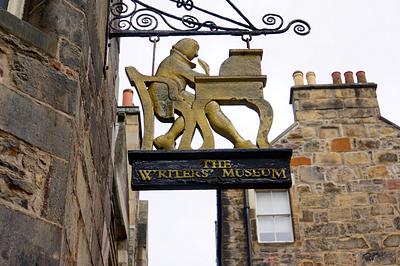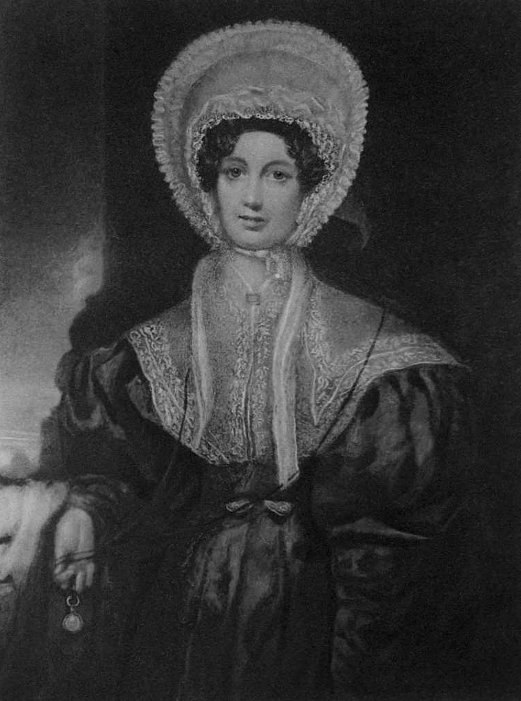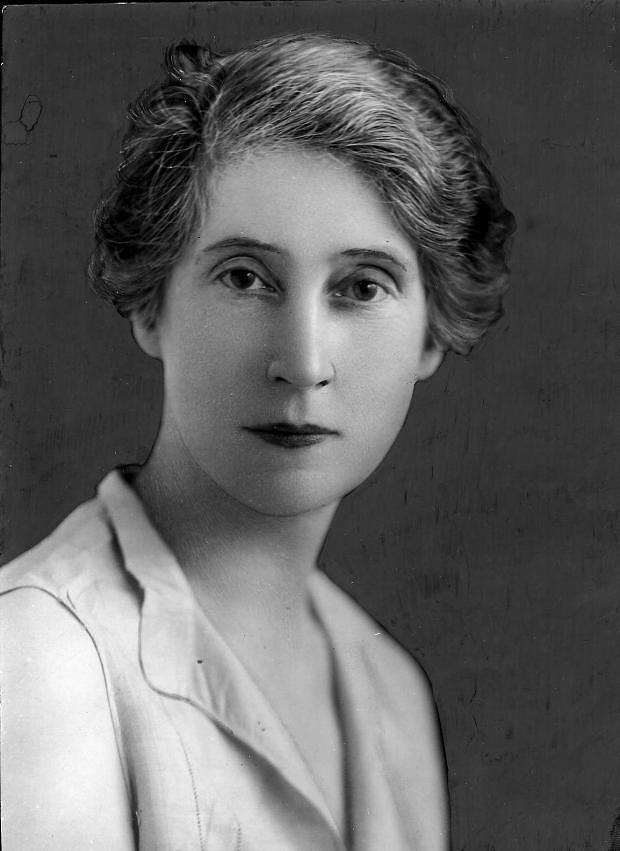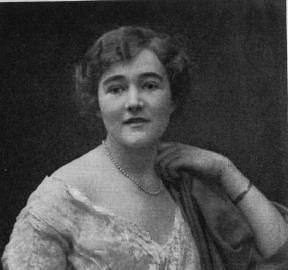Looking for all Articles by Ruth Boreham?
Three overlooked Scottish women writers who are worth remembering
Too often forgotten in discussions of great Scottish writers, these three women are celebrated for pushing both social and literary boundaries.

Edinburgh's Writers' Museum celebrates three undeniably brilliant male authors: Walter Scott, Robert Burns and Robert Louis Stevenson. But this International Women’s Day, we want to spotlight three fantastic Scottish women writers connected to Scott, Burns and Stevenson who are just as deserving of our recognition and enjoyment.
Susan Ferrier (1782–1854)

Susan Ferrier was born in Lady Stair’s Close; a stone’s throw away from what is now the Writers Museum in Edinburgh. The daughter of a clerk of the Court of Sessions, Susan spent most of her life in Edinburgh, though she did accompany her father to Inverary and visited London later in life.
Susan started to write her first novel Marriage (1818) with her friend Charlotte Clavering, but their styles were too different so it became a project for Susan alone (although Charlotte did write one of the chapters). For her second novel, Inheritance (1824), she received £1,000 from her publisher Blackwoods for her second novel. They had paid £150 for her first novel, which demonstrates how popular her first book must have been to increase her worth that much. (For comparison, Jane Austen’s second book Pride and Prejudice brought her £110).
Her final novel Destiny was published in 1831, by which time she had started to suffer from sight loss. By the time she died in 1854, she was almost completely blind. She is often called the Scottish Jane Austen (indeed, her second novel starts ‘It is a truth, universally acknowledged, that there is no possession so deeply rooted in human nature as that of pride’) and Scott famously admired her work, calling her his ‘sister shadow’. Our own patron Val McDermid is a fan, providing an introduction to this edition of Marriage(this link will open in a new window).
Catherine Carswell (1879–1946)

Publishing a biography – doing all the research, writing and waiting for reviews to come in – must be a nerve-wracking thing. But imagine if one of those reviews was someone sending you a bullet with the words ‘leave the world a better, brighter, cleaner place.’ This is exactly what happened to Catherine in 1930, after the publication of her warts and all biography of Robert Burns – the first to be honest about his womanising, drinking, etc.
Catherine was born and brought up in a devoutly evangelical family in Glasgow. She spent two years studying music in Germany before taking classes at Glasgow School of Art and the University of Glasgow. Her name first appeared in the newspapers when she made legal history by having her first marriage to Herbert Jackson dissolved by proving his mental illness had started before their wedding, and therefore he had not been in a fit state to consent to the marriage.
Her name became a regular sight in the Glasgow Herald as she worked as a drama and literary critic, even after she had moved to London. She published two novels set in Scotland, Open the Door! (1920) and The Camomile (1922), before turning her hand to biography in the 1930s. She was still in touch with leading figures of the Scottish Renaissance such as Hugh MacDiarmid and Edwin and Wilma Muir and became a close friend of DH Lawrence. But it is her work on Burns(this link will open in a new window) that Catherine is best remembered for.
Dorothy E Stevenson (1892–1973)

Dorothy’s father, a lighthouse engineer and cousin of Robert Louis Stevenson, did not want a ‘blue stocking girl’ in the family, so she was not allowed to go to university. He also didn’t approve of her writing, so from the age of eight, when she became passionate about creating stories, Dorothy often hid in the top of their house in Edinburgh so she could write in secret.
In 1916, she married James Reid Peploe, a captain in the 6th Gurkha Rifles regiment. But being a wife and a mother (they had four children) did not stop Dorothy from writing – and no longer in secret. She published two volumes of poetry before her first novel, Peter West, came out in 1923. It was a decade before she released her next novel, Mrs Tim of the Regiment, which was based on her personal diary. After that, she wrote virtually a book a year. Dorothy’s final novel, Gerald and Elizabeth, was published in 1969 – the year her husband died, after which she stopped writing.
Most of the books were written in Moffat, where the family had moved during the Second World War, and many topped the bestseller lists in Britain, South Africa and Australia, as well as being translated into several languages. More than four million copies of her novels were sold in Britain alone, although many fell out of print after her death in 1973. But thanks to the publisher firm Persephone Books you can now enjoy three of Dorothy’s books(this link will open in a new window), including the hugely popular Miss Buncle’s Book, a light-hearted book set in an English village (although Dorothy herself never left Scotland).
For more inspiration this International Women's Day, explore our book lists of 20 Scottish books celebrating women's history and empowering books for girls.